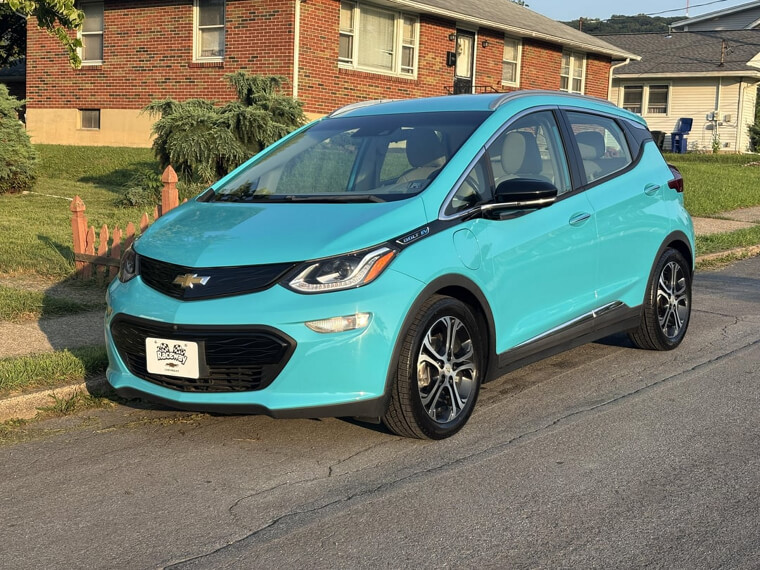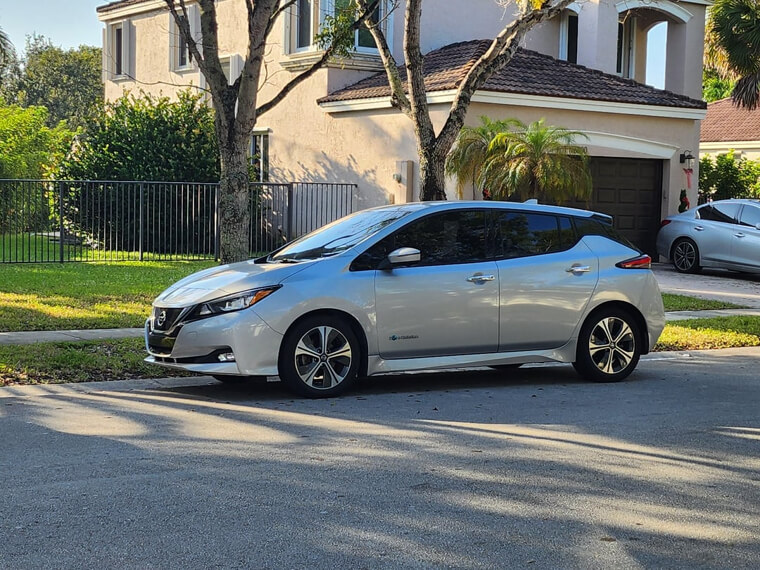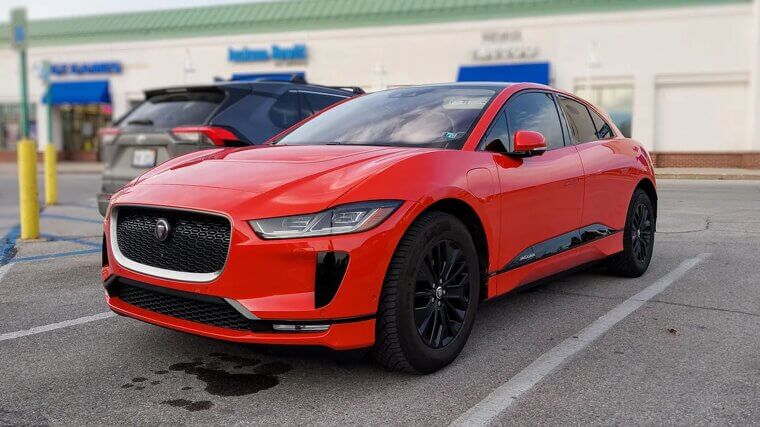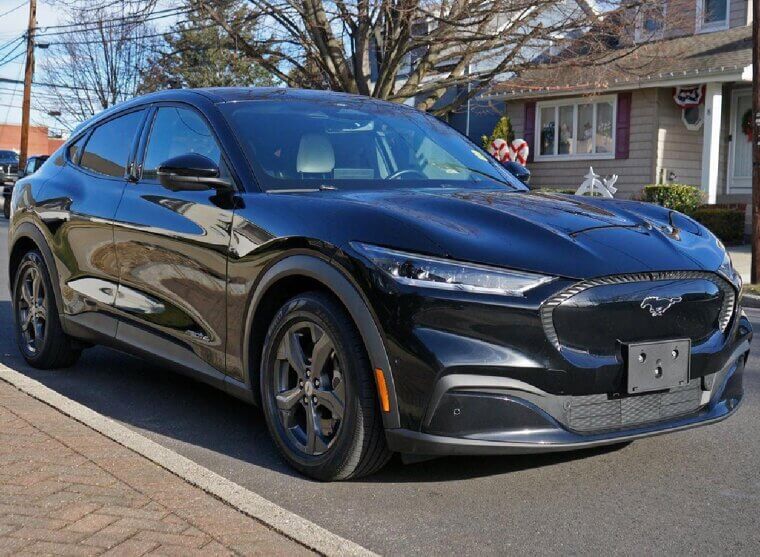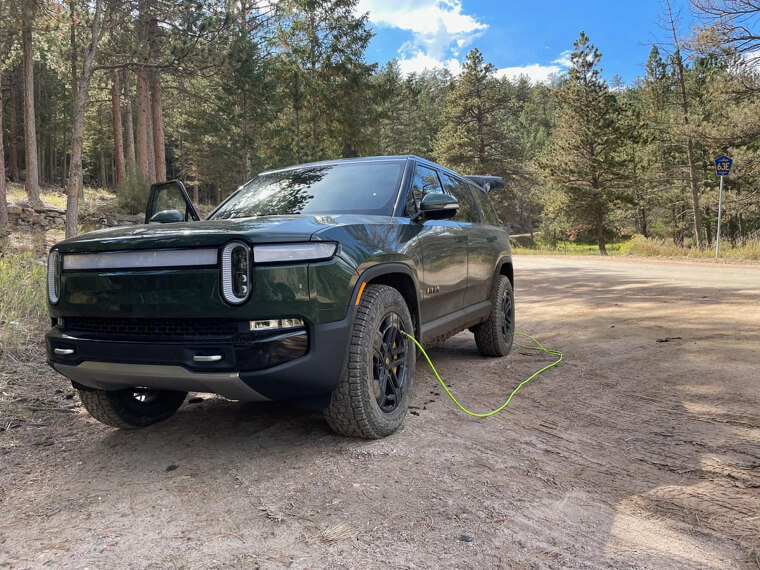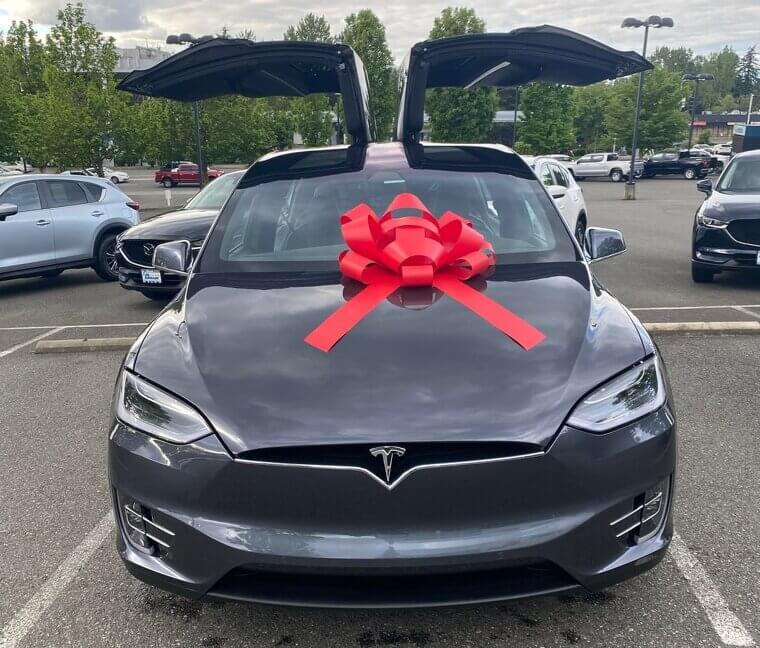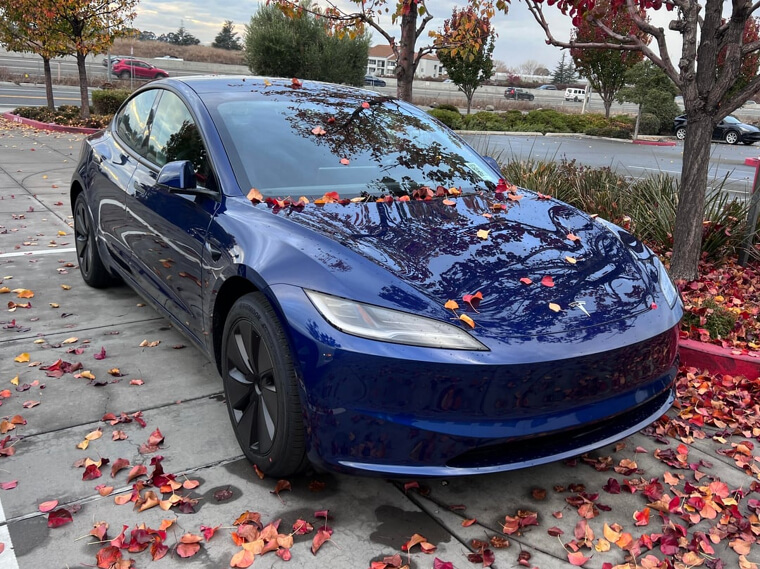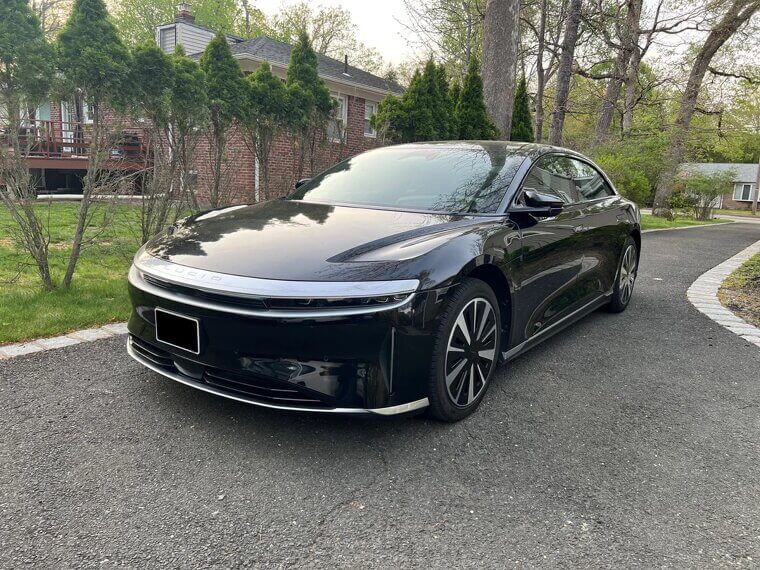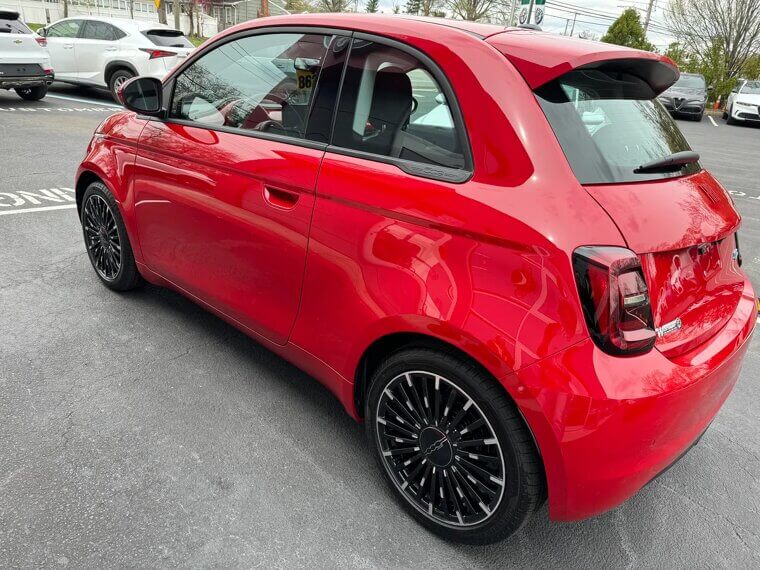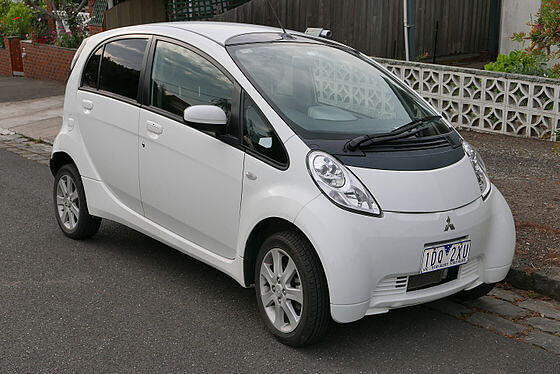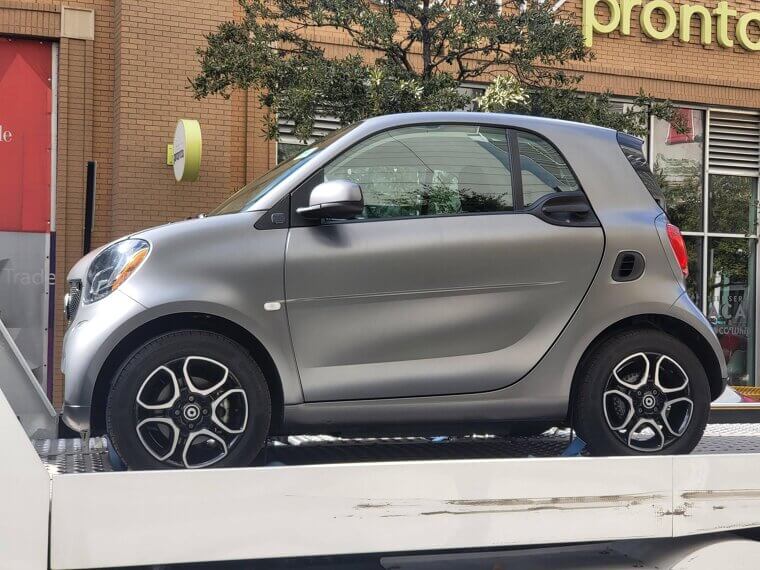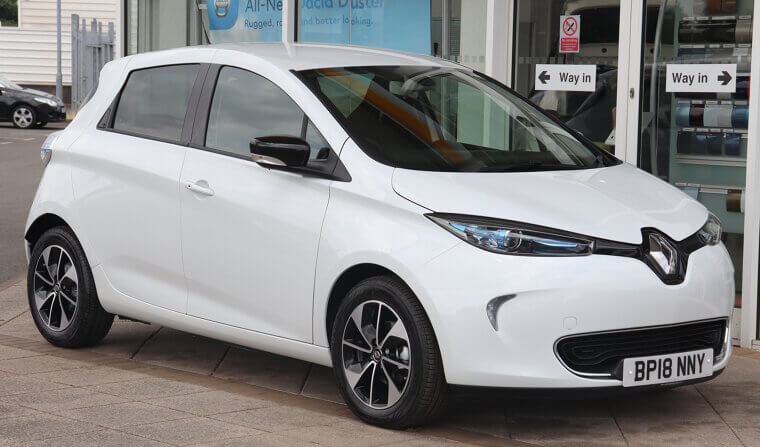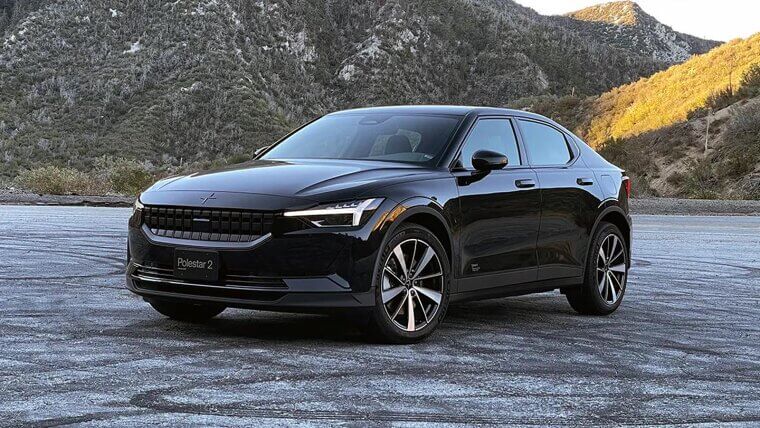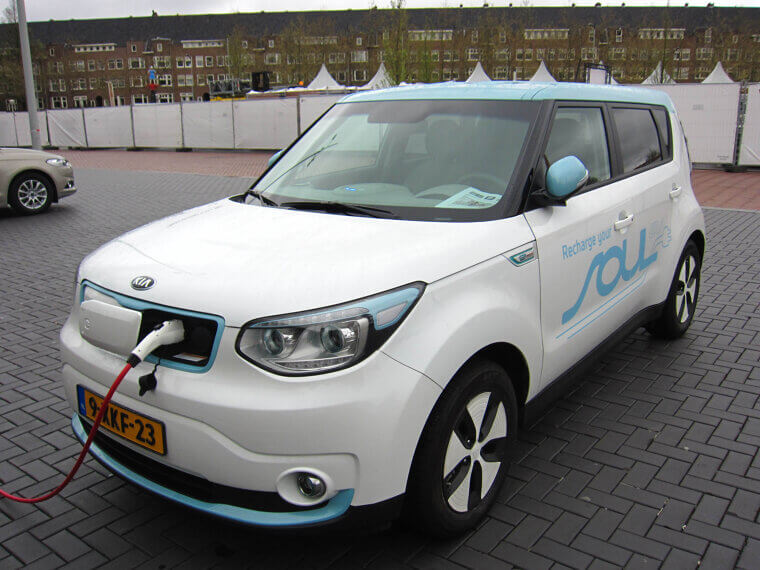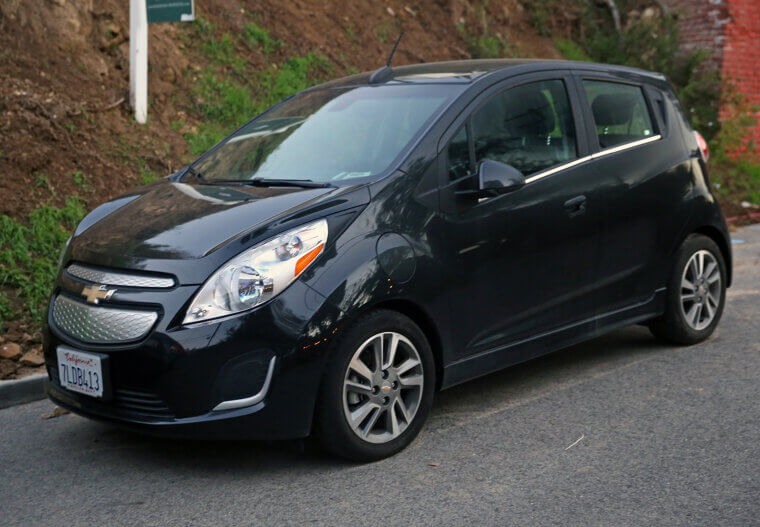Chevrolet Bolt EV
The Bolt was supposed to be GM’s electric success story, but became infamous for battery fires. Nearly every Bolt built between 2017 and 2022 was recalled. Owners had issues with charging limits, buybacks, and some even had to spend months without their cars.
Hyundai Kona Electric
The Hyundai Kona got off to a good start. That was until reports of thermal runaway and fires began surfacing. They had to recall more than 75,000 units globally, replace batteries outright, and incur nearly $900 million in damages.
Nissan Leaf (early Models)
The Leaf was the first mass-market EV, but early versions with 24 kWh packs degraded fast, especially in hot climates. Nissan’s lack of active battery cooling left many original owners with cars that couldn’t make it across town without needing to be recharged.
Who said luxury brands don’t make bad EVs?
Who said luxury brands don’t make bad EVs?
Jaguar I-Pace
Jaguar’s first EV earned praise for luxury and driving feel, but those praises quickly turned to complaints. Battery overheating recalls, software glitches, and fire risks forced buybacks in some cases. Eventually, Jaguar announced their decision to discontinue the I-Pace in July 2024.
Ford Mustang Mach-E
Ford’s electric Mustang looked great, but problems started stacking up pretty quickly. Even though it had a relatively respectable number of sales, owners had problems with water leaks from the panoramic roof, power loss, and various software glitches.
Rivian R1T / R1S
Rivian burst onto the scene ambitiously with adventure-ready electric trucks. But the outcome was not as expected. Recalls were made over loose steering fasteners, headlight failures, and software hiccups that damaged the brand’s reputation for reliability.
Even big names struggled to get electric reliability right…
Even big names struggled to get electric reliability right…
Tesla Model X
Elon Musk’s Tesla Model X wowed the audience with its Falcon-wing doors and blistering performance, but dependability has haunted it since day one. Owners have consistently reported service visits for door actuators, air suspension, and various build issues.
Tesla Model S (Older Years)
Even though Tesla’s flagship sedan helped make EVs desirable, earlier examples weren’t without their fair share of headaches. Fires linked to battery punctures drew scrutiny from the National Highway Traffic Safety Administration (NHTSA), and aging cars consistently faced battery and drive unit failures.
Tesla Model 3 (Early Production)
Another Tesla on the list? Who would have thought… Hyped as the affordable Tesla, the Model 3 launched in 2017 with massive demand, followed by a plethora of issues. Early owners complained about misaligned panels, paint defects, and touchscreen glitches.
Quality control plagued many EVs…
Quality control plagued many EVs…
Lucid Air
The Lucid Air came out as a direct competitor to Tesla. Unfortunately, it took major hits early on. Recalls were made for inoperative displays, power loss, and electrical faults, which eventually soured the launch.
Volkswagen ID. 3
Launched as VW’s electric Golf successor, the ID.3’s software was a disaster at launch. Owners had to constantly battle infotainment crashes, missing features, and over-the-air updates that took months.
Audi E-Tron
Audi’s first electric SUV was a treat to look at, but lurking battery issues quickly turned the experience sour. Recalls targeted faulty modules prone to overheating, while other drivers complained of charging problems.
Looking for a premium EV? How about premium headaches instead?
Looking for a premium EV? How about premium headaches instead?
Mercedes-Benz EQC
The EQC was Mercedes’ first EV, but it came with a lot of problems. Owners faced recalls over water ingress in battery housings, electrical faults, and disappointing range. It got so bad that Mercedes had to pull the plug in the U.S. market altogether.
Fiat 500e
The Fiat 500e was everything you want in a city car. It was small, stylish, and had great maneuverability. The only problem was that its range barely stretched past 80 miles. Fiat’s limited dealer network aggravated the situation.
Mitsubishi I-MiEV
One of the earliest mass-market EVs, the i-MiEV was quirky but painfully underdeveloped. It had a stiff ride, multiple recalls for airbags and brakes, an interior that felt old, and a 62-mile range was barely enough.
And for budget EV buyers, the compromises were often harder to live with...
And for budget EV buyers, the compromises were often harder to live with...
Smart EQ ForTwo
The electric Smart car was weird-looking yet interesting, but it was only limited to around 58–70 miles of range. U.S. owners also faced recalls for steering, suspension, electrical failures, and airbag defects.
Renault Zoe (Battery-Lease Models)
In Europe, early Renault Zoe owners had to lease the battery separately, making the entire resale process trickier than it needed to be. Complaints grew over high monthly fees, limited range, and confusing ownership terms. A recipe for disaster.
Polestar 2
Polestar’s debut EV got off to a promising start. However, quality problems started to pile up soon. Major recalls were made for battery inverters, persistent camera malfunctions triggered a formal U.S. investigation, and continuous software hiccups and charging bugs made the car annoying to drive.
The road to electrification is bumpy…
The road to electrification is bumpy…
Kia Soul EV (Earlier Models)
The Kia Soul EV was compact and funky with a loyal following. That was until Kia had to replace entire battery packs due to thermal-risk issues. Owners also complained about the limited range compared to rivals.
Chevrolet Spark EV
The Spark EV truly had potential. It was cheap, had surprising torque, and was fun to drive. Unfortunately, GM never fully supported it. Multiple recalls plagued the earlier builds, and when batteries wore out, replacements were virtually impossible to source.

